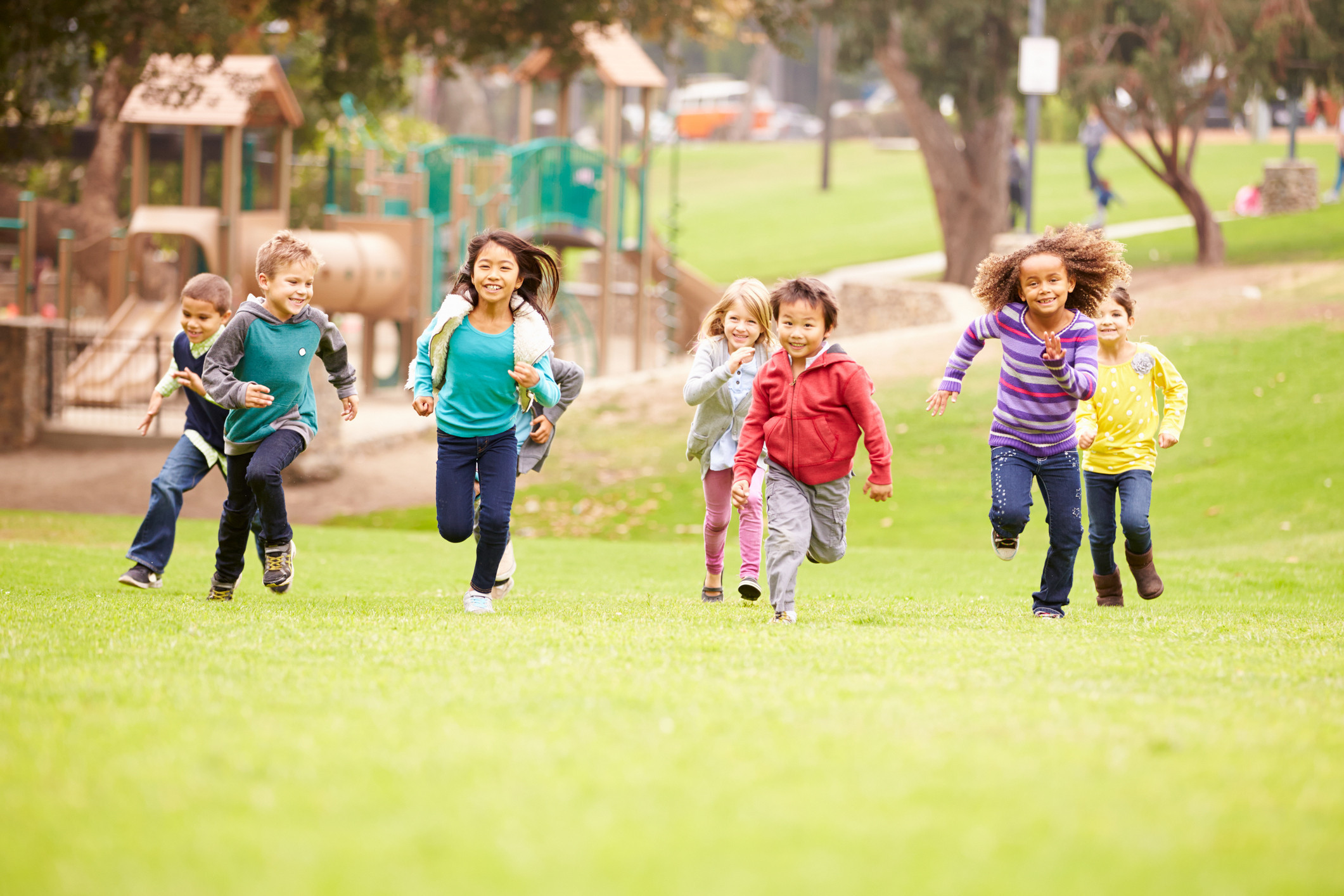I was born in 2003, right at the start of what we now call the digital age. At that time, however, technology was not as prominently present as it is today. When I was young, my friends and I still played outside almost every day. We entertained ourselves with made-up games, bikes, and our imagination. Phones, tablets, and televisions were not part of our daily routine. Of course, we did watch TV sometimes, but mostly on rainy days, to catch the youth news or to watch educational programmes like Het Klokhuis.
Today, it feels like children and technology are inseparable. When a child has a tantrum in public, many parents immediately hand them a tablet or a phone to calm them down. I remember that in my family it was considered highly impolite to use your phone at the dinner table. We had to endure boredom, or simply talk to each other. Now, however, many children are learning that a screen is the default solution to boredom or displeasure.

I often tell myself that I want my own future children to grow up more like I did. Not completely cut off from technology, because of course it has many benefits, but not dependent on it either. I want them to play outside, because we know how good that is for their development. Physically, it helps them train their motor skills and gives children vitamin D. Intellectually, they learn about nature and their environment which also increases creativity. Socially, they build friendships in the real world, not just online. Playing outside has been proven to be able to increase mental health altogether.
But here’s the challenge: for my children to have fun playing outside, other children need to be outside too. If the current trend continues, I fear there won’t be many kids left in the playground ten years from now.

The digital world does have enormous educational potential. There are countless high-quality shows, apps, and accounts designed to teach children about science, languages, or creativity. Yet the question remains: how do you control what your child actually sees? Just last week, disturbing news spread about a violent video of an assasination going viral, reaching young people who were completely unprepared for it. Parents suddenly found themselves having to explain or comfort their children, who had watched something even many adults would struggle with.
How do you make sure your child can learn online without being traumatized? How do you prevent them from being exposed to fake news, harmful images, or influencers with questionable agendas? At the same time, how do you avoid isolating your child from their peers? Forbidding them from using social media might seem protective, but it can also make them the only one in their group who is left out of conversations, jokes, or plans.
I remember that my parents never allowed me to watch Nickelodeon, because they thought it was brainless TV with irritating Dutch voice-overs. And yet, whenever I visited a friend who was allowed, I watched it there anyway. Wouldn’t it be the same with social media? Even if you ban it at home, other children might still show it to your kids. You can’t control every situation.
What we can do, however, is shape the culture together. As parents, friends, and a generation that still remembers life before smartphones, we can agree on some shared boundaries. We can make sure that when children come over to play, screens are not the only form of entertainment. We can encourage outdoor play, family dinners without phones, and weekends where socializing means actually being together.
This isn’t only about protecting children from harm. It’s also about making our own lives easier as parents and caretakers. Children who can entertain themselves, who can enjoy nature, and who can build resilience without a screen in their hand will ultimately need less “management” from us.

I know that we cannot completely shield the next generation from digital media, and perhaps we shouldn’t even try. But what we can do is give them balance. We can pass on the best parts of our own childhood – the freedom, the play, the face-to-face connections – and combine it with the best parts of the digital age – the access to knowledge, creativity, and new opportunities.
If we manage that, maybe the future won’t be something to fear, but something to look forward to.
Sources:
https://www.washingtonpost.com/technology/2025/09/12/charlie-kirk-death-video-kids-teens


Recent Comments